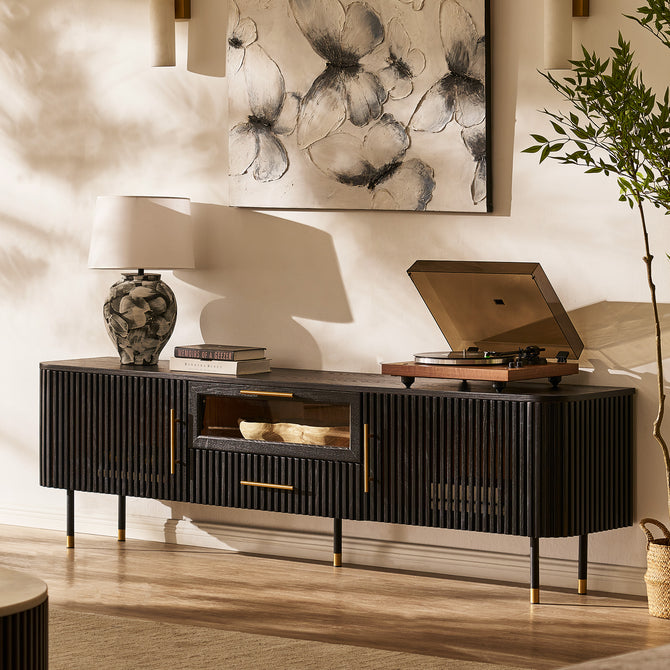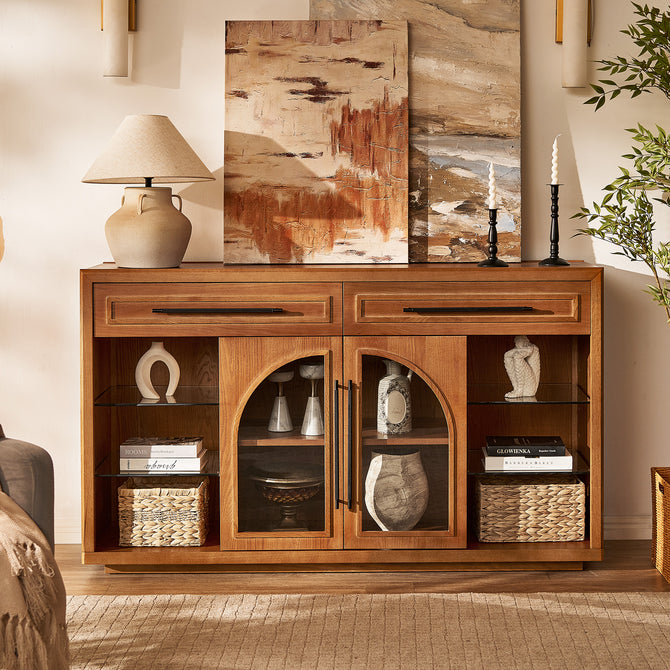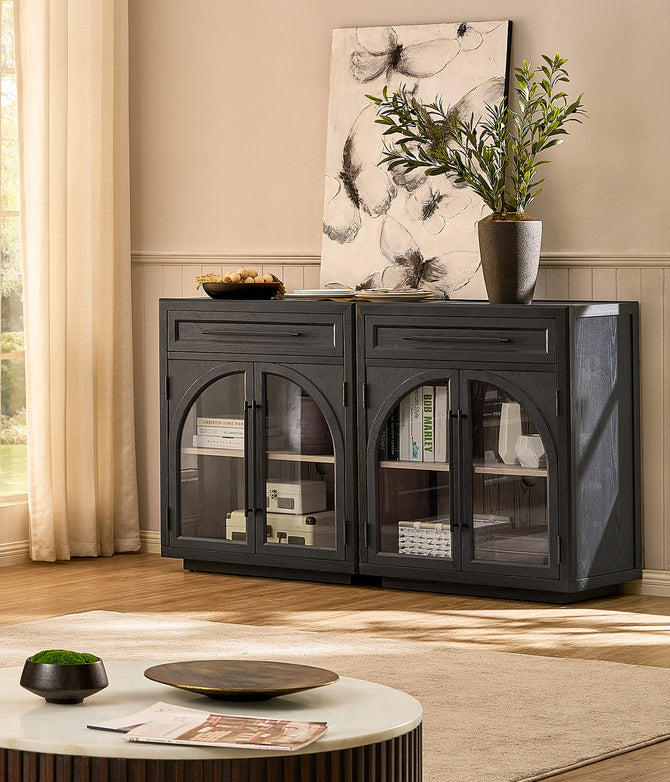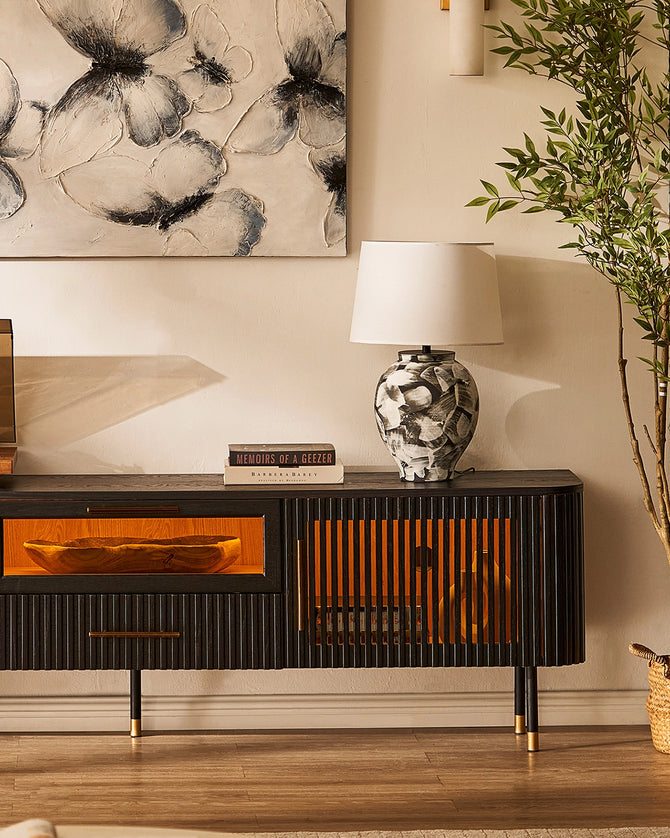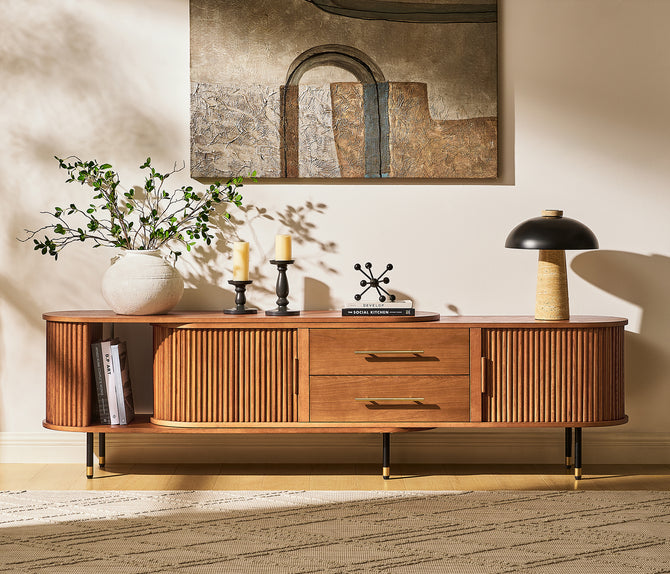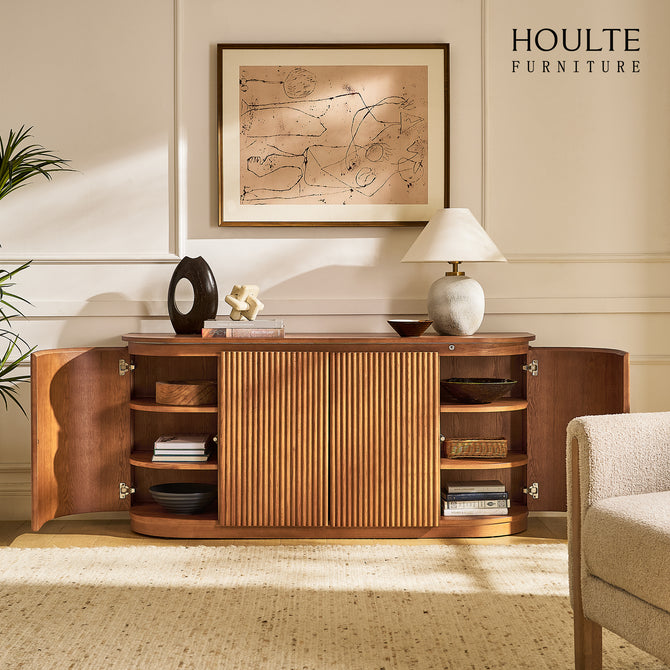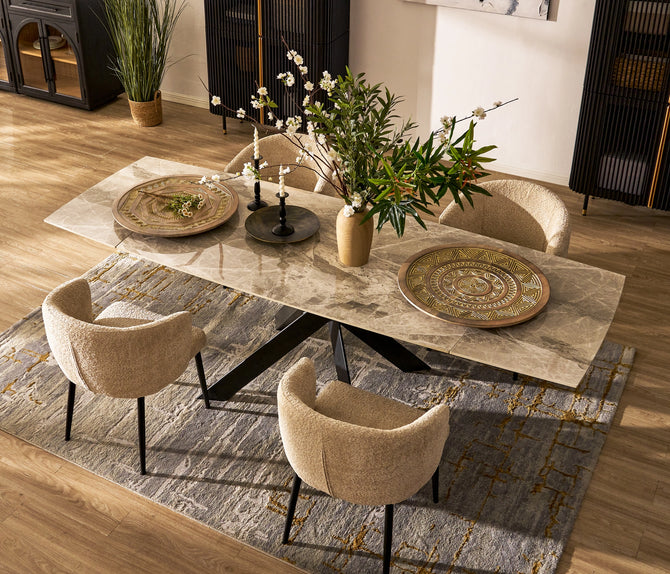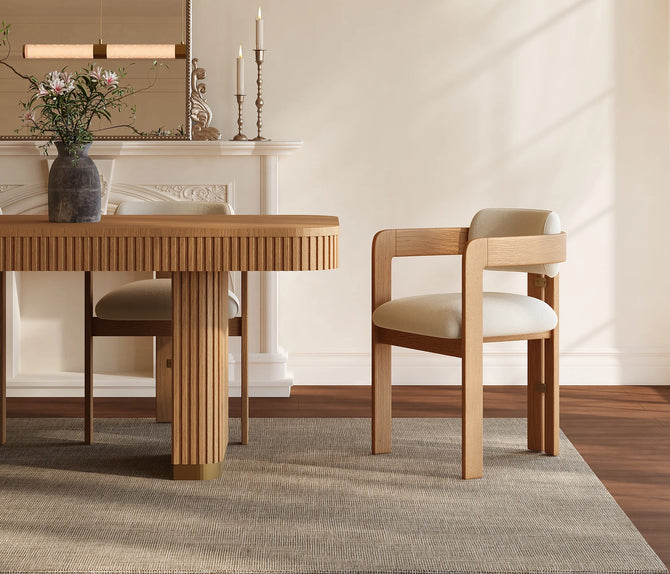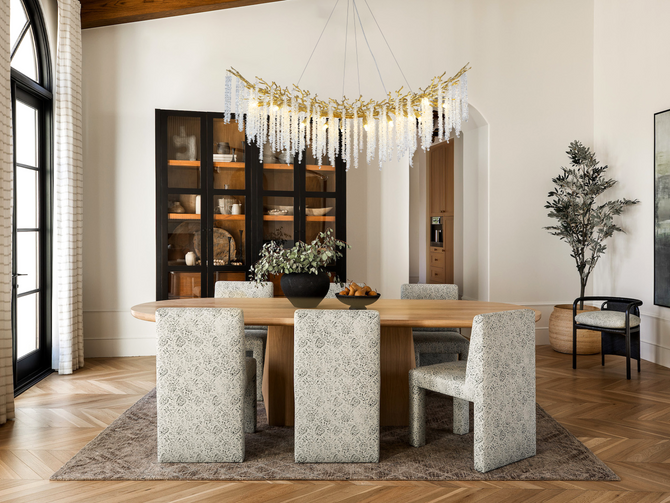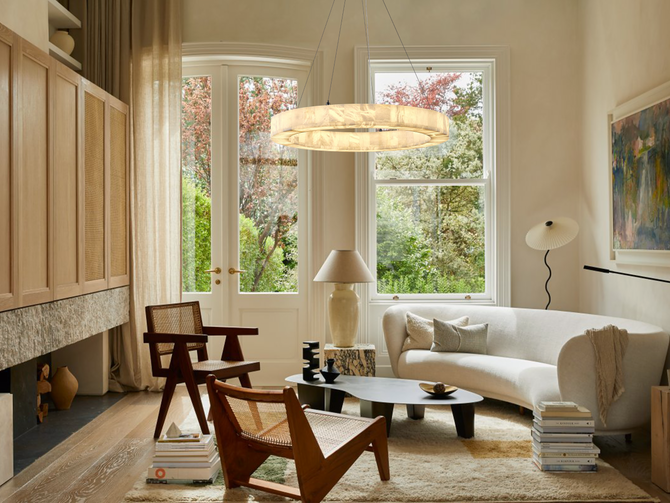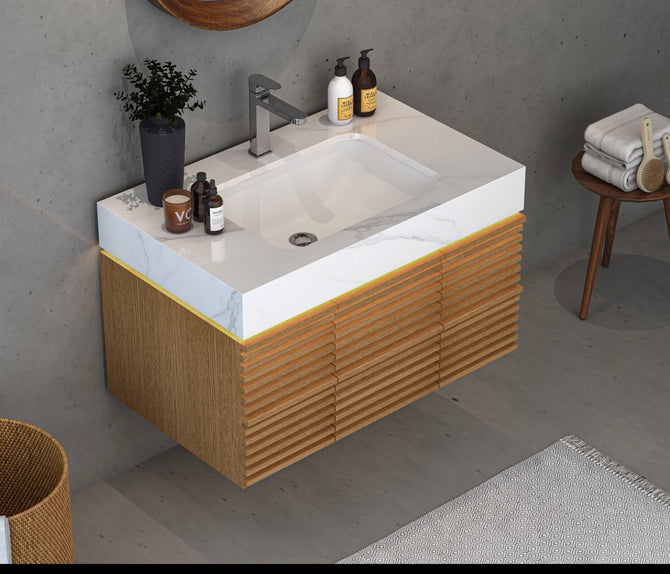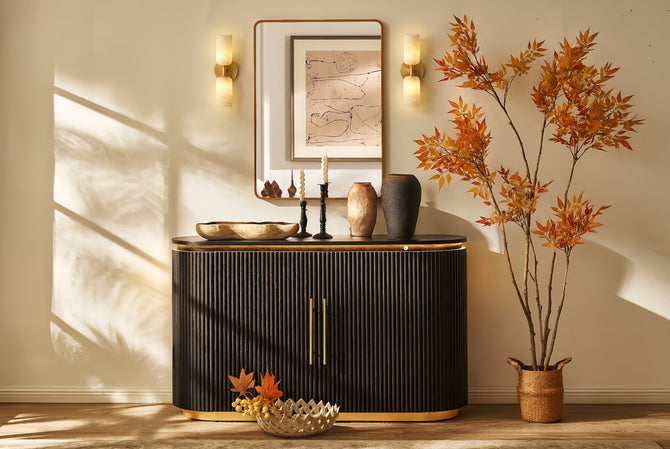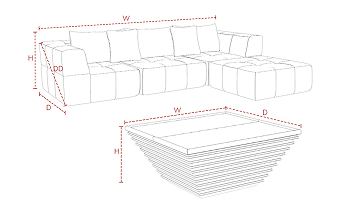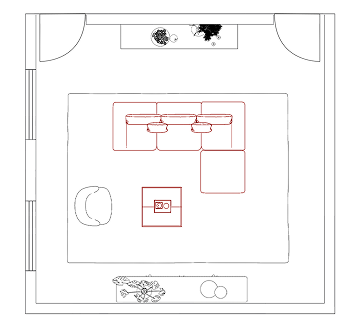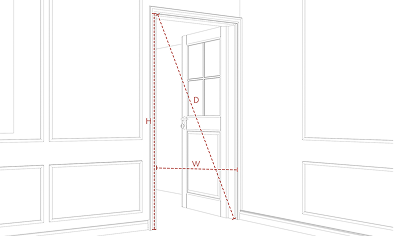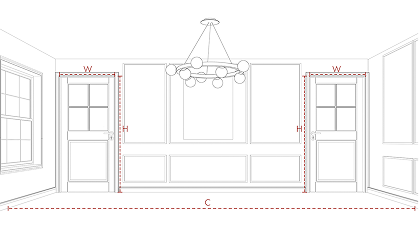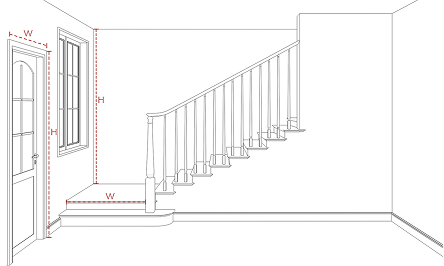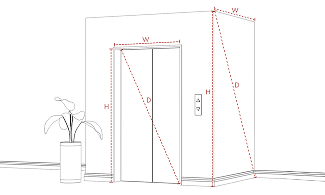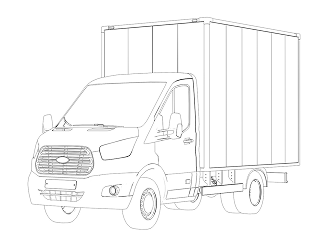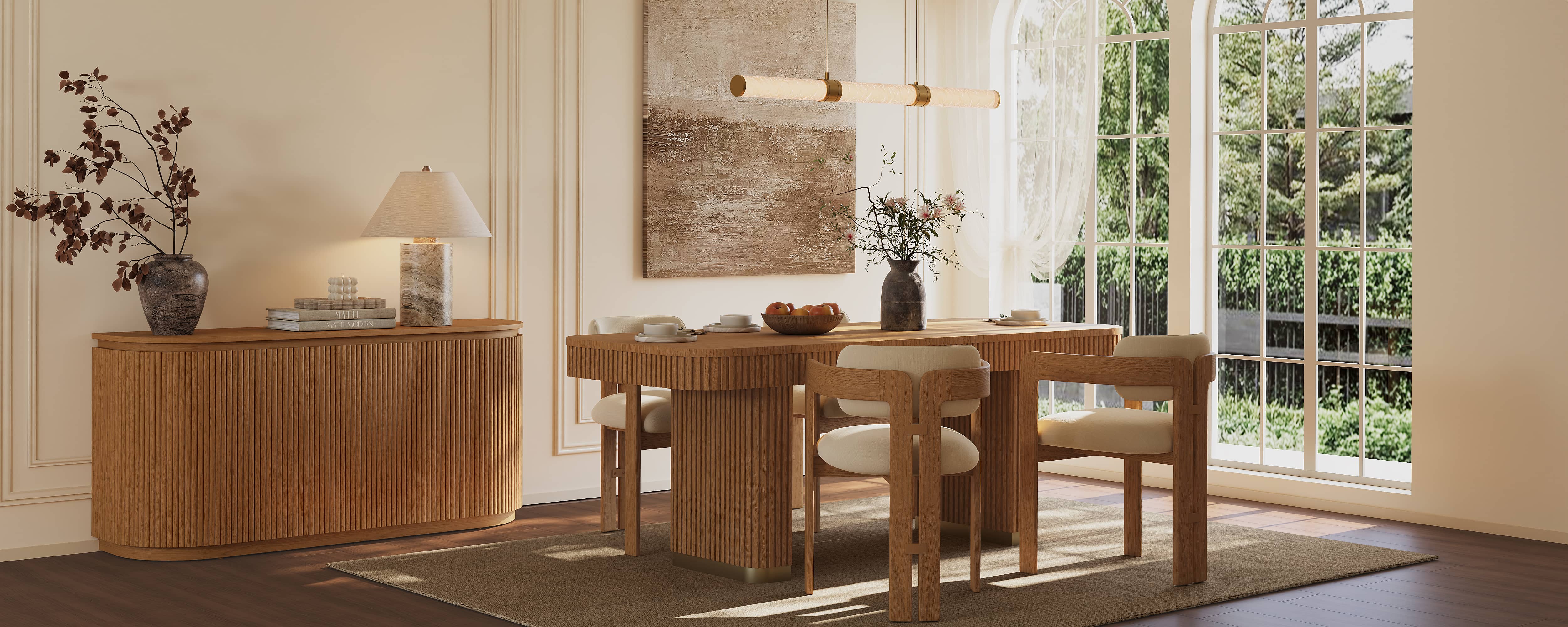Kitchen and bathroom doors that sag, stick, or won't close right can really get on your nerves. These problems usually come from hardware that's gotten out of whack over time. Fortunately, fixing most door alignment issues doesn't mean calling in the pros.

Learning how to adjust cabinet doors can save you a lot of money. You don't need fancy tools to do it. Most jobs can be done in under an hour per door.
This guide will teach you everything from spotting different hardware types to making precise fixes. Whether you're dealing with hidden mechanisms or traditional styles, these methods will give you pro-quality results. It's easy to follow, no matter your skill level.
Fixing hinges can make your kitchen storage look and work better. These solutions fix gaps, misalignment, and closing problems that older doors often have.
Understanding Cabinet Hinge Types and Common Problems
Knowing about cabinet hardware is key to fixing doors and keeping them in good shape. First, you must figure out what kind of hinge you have. Then, spot the signs of common door issues. This knowledge will help you fix things right and get professional-looking results.
Types of Cabinet Hinges
Today's cabinets often have one of several hinge styles. Each style has its own features and ways to adjust. Here are the most common ones:
- European hinges - Also called concealed hinges, these stay hidden when doors close and offer three-way adjustment capabilities
- Face-frame hinges - Traditional hinges that mount directly to the cabinet frame and remain visible
- Overlay hinges - Designed for doors that cover the cabinet frame completely
- Inset hinges - Used when doors sit flush within the cabinet frame opening
European hinges are popular in modern cabinets. They look clean and are easy to adjust. These hinges let you fine-tune door placement in three ways.
Identifying Common Door Issues
Homeowners often notice certain problems with their cabinets. These include:
- Misaligned doors that don't sit flush with adjacent doors or cabinet frames
- Visible gaps between doors that should meet seamlessly
- Doors that won't close completely or spring back open
- Sagging doors that appear to droop at one corner
These issues usually stem from loose screws, worn parts, or bad installation. Doors that are too high need vertical adjustments. Doors that are too deep need different fixes.
Knowing exactly what's wrong with your door is crucial for fixing it right. Each problem needs a specific solution. So, figuring out the exact issue is your first step.
Essential Tools and Materials for Hinge Adjustment
Starting to adjust cabinet hinges requires the right tools and materials. Having everything ready saves time and avoids frustration. Whether you're using concealed hinges or traditional ones, the right tools are crucial.
Many homeowners already have these basic tools. But, investing in quality tools can lead to better results and make future adjustments easier.
Must-Have Tools
A Phillips head screwdriver is key for most hinge adjustments. A size #2 is best for standard cabinet hardware. It's good to have both manual and drill-bit versions.
A flathead screwdriver is useful for fine adjustments and prying. Choose one with a comfortable grip since you'll use it a lot. A level ensures your doors hang straight and align with other cabinets.
Measuring tools like rulers or tape measures are important. They help you check gaps and spacing. This leads to professional-looking results.
Helpful Additional Items
Several optional tools can make your cabinet maintenance project smoother. A cordless drill with screwdriver bits speeds up work when adjusting multiple doors.
Good lighting improves accuracy and safety. A flashlight or headlamp illuminates dark cabinet interiors where hinges often hide. Pencils help mark adjustment points, and masking tape holds doors in position during work.
Wood glue and toothpicks are handy for tightening loose screw holes. A magnetic parts tray prevents losing small screws during adjustments.
| Tool Category | Essential Items | Optional Items | Primary Use |
|---|---|---|---|
| Screwdrivers | Phillips #2, Flathead | Drill with bits | Screw adjustments |
| Measuring | Level, Ruler | Tape measure | Alignment checking |
| Lighting | Room lighting | Flashlight, Headlamp | Visibility improvement |
| Organization | Work surface | Magnetic tray, Pencil | Parts management |
Professional results come from proper preparation and quality tools. Investing in cabinet maintenance pays off with doors that function smoothly for years.
Safety Precautions and Preparation Steps
Before you start adjusting cabinet hinges, make sure your workspace is safe. Clear the area of anything that could cause you to trip or fall. Also, have enough light to see the adjustment screws and door alignment issues well.
Take everything out of the cabinets you plan to work on. Doors will need to be opened and closed many times. This keeps items from falling out and hurting you while you work.
Wear safety glasses to protect your eyes from metal shavings or debris. If you're working on upper cabinets, use a sturdy step ladder. Always make sure the ladder is positioned safely and don't overreach.

Take photos of the hinges and door alignment before you start. These photos will be your guide if you need to change anything back. Digital photos help you remember the original setup of each door.
Test each door by opening and closing it several times. Listen for any binding, sticking, or unusual sounds that might show hinge problems. Use masking tape or a pencil to mark any problem areas to keep your focus.
Make sure you have enough time to finish the project without rushing. Rushing can lead to mistakes or injuries. Work on one door at a time to avoid getting confused about which adjustments you've made.
How to Adjust Hinges on Cabinets for Alignment Issues
Misaligned cabinet doors mess up your kitchen's look and function. They make your kitchen look bad and doors hard to open. Learning to fix these problems will make your cabinets look and work better.
Experts say, "Perfect alignment is the difference between amateur and expert installation." This is true for fixing your cabinets at home too.
Identifying Alignment Problems
First, check each door from different angles. Look for doors that are off level or too far in or out.
Use a level to check if doors are straight. A level shows if doors are really aligned.
Compare doors to the cabinet frame edges. Doors should line up with these lines. Double doors should meet in the middle without gaps.
Write down which doors need fixing. This helps you know what to do next.
Step-by-Step Alignment Correction
Find the screws on your hinges to start fixing. European hinges have three screws for different adjustments. Each screw does a specific job for perfect alignment.
For doors that sag, find the screw for up-and-down movement. Turn it clockwise to raise or counterclockwise to lower.
Make small adjustments, a quarter turn at a time. Test the door after each change. Small changes can make a big difference.
Fix the door's depth by adjusting the screw for how far it sits from the cabinet. This makes all doors look the same. You want even door gaps everywhere.
For doors that are off to the side, adjust the side screw. This centers the door in its opening. Double doors need careful side adjustment to meet evenly.
After each change, close the door and check it. Make sure it looks right with the other doors and the cabinet. Be patient to avoid making things worse.
Remember, changing one hinge setting can affect others. Always double-check your work.
Fixing Cabinet Doors That Won't Close Properly
Cabinet doors that won't close right can really get in the way. They make daily tasks harder and show there's something wrong. Knowing what's causing the issue helps fix it for good.
Most problems come from three main areas: things blocking the way, hinges not lined up right, or parts wearing out. Each needs a different fix to get the door to close right.
Diagnosing Closing Issues
First, watch how the door moves. Close it slowly and see where it touches the frame first. This tells you if it's about alignment or something in the way.
Look for common issues during your check:
- Stuff blocking the door inside
- Warped doors that don't close flat
- Loose screws making hinges wobbly
- Dirt in the hinges
- Worn-out parts making it hard to move
Listen to the door as it moves. Squeaks mean dry hinges, and grinding sounds show worn parts. Clicks usually mean loose screws or broken parts.
Check if the door stays closed by pushing it shut and letting go. If it opens back up, the mechanism needs tweaking.
Adjustment Techniques for Proper Closure
Start by fixing the obvious issues first. Take out anything blocking the door's path inside. Use a soft brush to clean out dirt from the hinges.
If the door hits the frame before closing, adjust the depth screw. Turn it counterclockwise to move the door away. Make small changes and test each time.
For doors that don't stay shut, check if they're aligned right. The door must fit perfectly in the opening for it to close right. Adjust the side screws until it's centered.
To fix gaps, tweak multiple screws. Start with vertical, then horizontal, and end with depth. This ensures the door touches the frame right.
If problems keep coming back, check the door and frame for damage. Sometimes, paint or dirt stops the door from closing. Clean or oil the hinges to fix this.
Correcting Sagging and Drooping Cabinet Doors
Cabinet doors that sag or droop look unprofessional and show structural problems. This issue affects your kitchen's look and function. Knowing the causes and how to fix them helps restore your doors.
Sagging doors happen over time. The door corner drops, creating gaps at the top and rubbing against the frame at the bottom.
Understanding Sagging Causes
Loose hinge screws are the main reason for sagging doors. Repeated opening and closing loosens screws, causing the door to sag.
Worn cabinet hardware also causes sagging. Hinge plates can crack or deform, and worn-out pivot points can't support the door's weight.
Heavy or oversized doors need heavy-duty hardware. Environmental factors like humidity changes also cause wood movement, leading to alignment issues.
Improper installation is another problem. Hinges not aligned or secured properly may seem fine at first but sag over time. Frequent use wears out hardware that's not installed right.
Step-by-Step Sagging Door Repair
Start by checking all hinge components for tightness. Use a screwdriver to tighten loose screws, which often fixes sagging.
If screws are stripped, remove them. Fill the holes with wooden toothpicks and wood glue, then trim. Let the glue dry before putting the screws back in.
Support the door with a wedge or have someone hold it steady. Find the vertical adjustment screw on your hinges. Turn it clockwise to raise the sagging corner, making small changes.
Check the door's position after each adjustment. It should be level with other doors and close without binding. If it's not, adjust the side-to-side positioning for even weight.
For heavy doors that still sag, add a third hinge at the center. This provides extra support and prevents future sagging.
Regular maintenance prevents sagging. Tighten hinge screws often and lubricate moving parts. This keeps your hardware in good shape for longer.
Eliminating Gaps Between Cabinet Doors
Getting the right gap between cabinet doors is key for a sleek kitchen look. Gaps that don't match can look bad and suggest poor work. Most people can fix these problems with simple tools and a bit of patience.
The secret to fixing gaps is in careful measuring and fine-tuning. Professional cabinet installers say that tiny changes can make a big difference in how a kitchen looks.
Measuring Gap Problems
First, get the right tools to measure accurately. A ruler or gap gauge helps you check the gaps at different heights on each door.
- Measure gaps between doors at top, middle, and bottom points
- Check spacing between doors and cabinet frames
- Document measurements to track your progress
- Compare measurements to manufacturer specifications
Standard gap sizes are usually between 1/8 inch and 3/16 inch. This can change based on the cabinet style and who made it. If your gaps are outside this range, you need to adjust them.
Double doors need to meet in the middle. They should have the same gap on both sides to fit right with the cabinet opening.
Gap Correction Procedures
European hinges are great for fine-tuning gaps because of their lateral screws. These concealed hinges have special points for moving the doors side to side.
Find the lateral adjustment screw on your hinges. It's usually the one that goes sideways and might have arrows to show direction.
- Make small adjustments of no more than a quarter turn at a time
- Test gap measurements after each adjustment
- Adjust both doors equally when working with pairs
- Check frame alignment after closing gaps between doors
The secret to professional-looking cabinets lies in consistent gap spacing throughout the entire installation.
If doors are too close, turn the lateral screws to push them apart. For wider gaps, move both doors towards the center.
Sometimes, you need to adjust both the lateral and depth screws. This helps doors fit perfectly in their openings and keeps the frames in line.
If you still have trouble with gaps, it might mean the doors or frames are warped. You might need a pro to fix it.
Adjusting European Style Concealed Hinges
European concealed hinges are top-notch for adjusting cabinet hardware. They solve hinge problems with precise control. Unlike old hinges, they offer professional-grade adjustability, making maintenance easier.
These hinges have been perfected over decades. They have many adjustment points that work separately. This lets you adjust door positioning without messing up other parts.
Understanding Three-Way Adjustment System
The three-way adjustment system is key to European concealed hinges. It divides door positioning into three planes. Each plane has its own adjustment screws.
Most makers color-code or mark these points with arrows. This makes it easy to see which screw does what. Together, the three adjustments ensure perfect door alignment.
Pro installers use this system to fix hinge problems fast. Each adjustment works alone, avoiding new issues.
Vertical Height Adjustment
Vertical height adjustment changes the door's up-and-down position. The screw for this is at the top or bottom of the hinge. Look for arrows to find it.
To raise the door, turn the screw clockwise. To lower it, turn counterclockwise. Make small adjustments for the best results.
This adjustment can change the door's position by 3-4 millimeters. It usually fixes most alignment issues during maintenance. Check the door's position after each adjustment.
Horizontal Depth Adjustment
Horizontal depth adjustment changes how far the door extends from the cabinet. It affects the door's position relative to the frame and other doors. The screw moves the hinge forward or backward.
Clockwise turns move the door away from the interior. Counterclockwise pulls it deeper. This ensures doors are evenly spaced.
Proper depth adjustment prevents hinge problems like handle clearance and door interference. It also keeps cabinets looking uniform.
Lateral Side-to-Side Adjustment
Lateral adjustment centers doors and keeps gaps even between them. The screw for this is usually on the side of the hinge. Small changes make a big difference.
Access this adjustment from the side. It's crucial for double doors to meet in the center. Small adjustments are key to avoid overcorrection.
Troubleshooting Persistent Problems and Maintenance Tips
Cabinet troubleshooting is needed when doors won't work right after you try to fix them. Sometimes, the issue is more than just a hinge problem. Knowing when to try other solutions can save time and avoid damage to your cabinets.

When Standard Adjustments Fail
Many factors can cause door problems that can't be fixed with simple adjustments. Worn-out hinges can't hold doors in place anymore. Over time, metal parts wear down, making it hard to align doors correctly.
House settling or moisture damage can also cause cabinets to shift. This movement makes it hard to adjust hinges. Sometimes, you need to relevel or reinforce the cabinet box.
Warped doors are another challenge. Moisture or defects can bend wood, making it hard to fix. In these cases, you might need to replace the door.
Doors that are too big or heavy can also be a problem. Standard hinges can't handle the weight, causing doors to sag no matter what adjustments you make.
Regular Maintenance Schedule
Regular maintenance can help hinges last longer and work better. A routine maintenance schedule can prevent many common issues before they start.
| Maintenance Task | Frequency | Tools Needed | Time Required |
|---|---|---|---|
| Clean hinge mechanisms | Monthly | Soft brush, compressed air | 5 minutes per door |
| Lubricate moving parts | Every 3 months | Silicone spray or light oil | 2 minutes per hinge |
| Tighten hinge screws | Every 6 months | Screwdriver | 3 minutes per door |
| Inspect for wear patterns | Every 6 months | Visual inspection | 1 minute per door |
Use gentle cleaners that won't harm finishes. Avoid harsh chemicals that can damage protective coatings or dissolve lubricants.
Professional Help Indicators
Some problems need professional help beyond basic troubleshooting. If many doors have similar issues, it might be a structural problem.
Signs of damage or movement in cabinet frames mean you need a pro. Structural issues require special tools and skills to fix safely.
If you're not sure about using tools or feel unsure, getting professional help is best. Professional installers offer warranties and have the right equipment.
If problems keep happening after you try to fix them, it's time for an expert to look at it. Trying to fix it yourself can make things worse.
Conclusion
Learning to adjust cabinet hinges gives you control over your kitchen's look and function. This guide helps with common issues like sagging doors and door gaps. These problems affect how well your cabinets work and how they look.
Small changes can make a big difference in how your cabinets work. If your doors sag or don't line up right, modern hinges can help. They let you adjust height, depth, and side-to-side position. This skill can save you a lot of money on repairs.
Regular checks can stop small problems from getting bigger. Look at your cabinet doors every month for signs of trouble. Tighten loose screws and clean the hinges to make them last longer.
Most cabinet door problems can be fixed with small, careful adjustments. Start with tiny changes and check how the door works after each one. This way, you avoid making things worse and get the best results.
But, some problems need a pro's help. If your hinges are badly damaged, your cabinet has structural issues, or you can't fix it yourself, call a professional. Knowing when to ask for help is important for your kitchen's future.
Use these tips to keep your cabinets working well. With a little practice, you'll be able to fix door gaps and alignment issues easily. Your kitchen will look great for years to come.
FAQ
What tools do I need to adjust cabinet hinges?
You'll need a Phillips head screwdriver (#2 size), a flathead screwdriver, a level, and a measuring tape or ruler. You might also find a drill with screwdriver bits, a pencil for marking, masking tape, a flashlight, and a magnetic parts tray helpful. These tools help prevent losing screws during adjustment.
How do I know if my cabinet doors have European concealed hinges?
European concealed hinges are hidden when the door is closed. They mount inside the cabinet frame and have three adjustment screws. If you see the hinge mechanism when the door is closed, you have traditional face-frame hinges instead.
Why won't my cabinet door stay closed after adjustment?
This might mean the door isn't aligned right. Check the lateral adjustment to make sure it's centered. Also, ensure the depth adjustment lets the door touch the cabinet frame. Debris in the hinge mechanism can also stop the door from closing.
How much should I turn the adjustment screws at one time?
Turn the screws a quarter turn at a time. Small changes can make a big difference. Big adjustments can cause new problems that need fixing.
What causes cabinet doors to sag over time?
Sagging can come from loose hinge screws, worn-out hinges, or doors that are too heavy. Changes in humidity and years of use can also wear down hinges.
How do I fix stripped screw holes in cabinet hinges?
First, remove the loose screws. Then, fill the holes with wooden toothpicks and wood glue. Let the glue dry, trim the toothpicks, and put the screws back in. This gives the screws a solid place to grip.
What's the standard gap spacing between cabinet doors?
The gap between doors is usually 1/8 inch to 3/16 inch. This depends on the cabinet style and the manufacturer's specs. Use a ruler or gap gauge to keep the spacing even.
When should I call a professional instead of adjusting hinges myself?
Call a pro if doors still don't work right after you've tried to fix them. If the cabinet frames are damaged or if many doors have problems, it's time to call a professional. If you're not comfortable with tools, it's best to get help.
How often should I perform maintenance on cabinet hinges?
Check and tighten hinge screws every six months. Clean the hinges regularly to remove dust and debris. Use silicone spray or light machine oil on moving parts as needed. Fix small alignment issues quickly to avoid bigger problems.
Can I adjust cabinet doors that are warped?
Adjusting hinges can help a bit with minor warping. But for major warping, you'll likely need to replace the doors. This ensures they work and look right.
What should I do before starting any hinge adjustments?
Clear the area and remove all items from cabinets. Make sure the space is well-lit. Take photos of the hinges before you start. Test each door to find the problem. Having all your tools ready will make the job easier.
Why do my cabinet doors have different gap sizes even after adjustment?
Different gaps might mean the cabinet frame is off or the house has settled. Doors that weren't installed at the same height can also cause this. Measure gaps at different points to find the problem.




